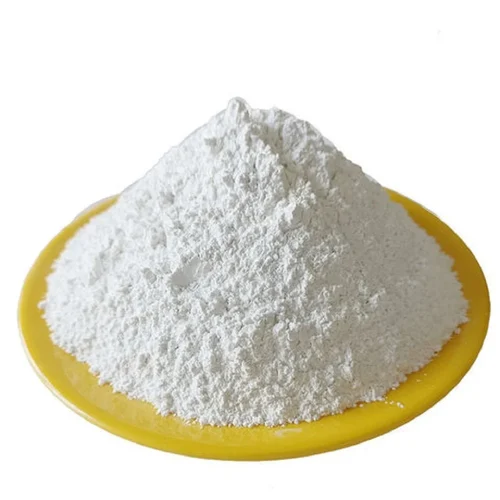Hebei Messi Biology Co., Ltd. stated that the application of magnesium carbonate in my country is still mainly primary products, and the real value of magnesium carbonate application is its deep-processing products, that is, high-purity, ultra-fine, surface-modified magnesium carbonate products, which have high purity, fine and uniform particle size, good particle shape, and stable quality, achieving the purpose of deep processing of products. Therefore, ultra-fine magnesium carbonate has broad prospects.
At present, the production and application of high-purity magnesium carbonate in the world are mainly concentrated in the United States, Israel, Japan and other countries. In terms of production capacity and consumption, the annual production capacity and consumption of high-purity magnesium carbonate in the United States rank first among all countries, followed by Israel and Japan. Although my country has also achieved encouraging results in recent years, there is still a big gap compared with the United States, Israel, Japan and other countries.

For example, there are many manufacturers in my country, small scale, and poor product quality; there are many coarse-particle products and few ultra-fine products; there are many ordinary products and few special products; most factories have outdated equipment and backward technology, poor automatic control level, unstable product quality, and cannot meet market demand, resulting in a large amount of foreign exchange spent on high-priced imports of high-purity magnesium carbonate. Therefore, the development direction of high-purity magnesium carbonate in my country is:
(1) Scale up production, large-scale equipment, automate and intelligentize the production process, and improve economic efficiency;
(2) Use advanced equipment to improve grinding effect and reduce energy consumption;
(3) Use advanced process flow to optimize the configuration of various process parameters and improve production efficiency;
(4) Establish a satellite supply system to reduce losses caused by transportation and subsequent processing.
